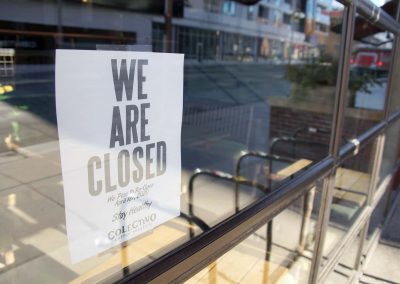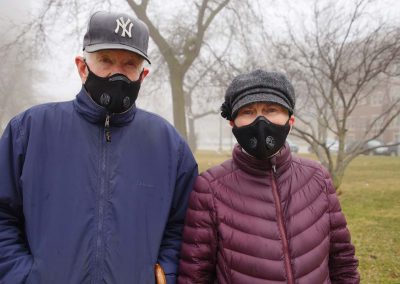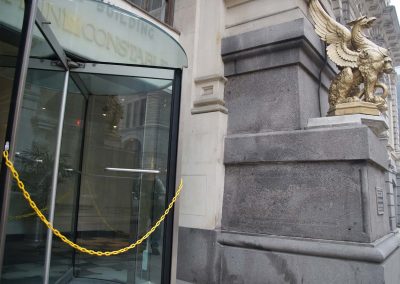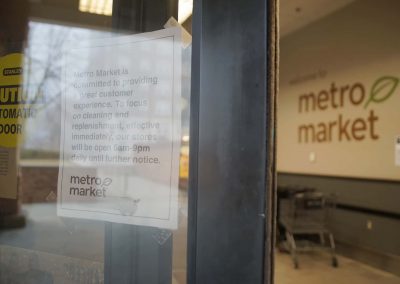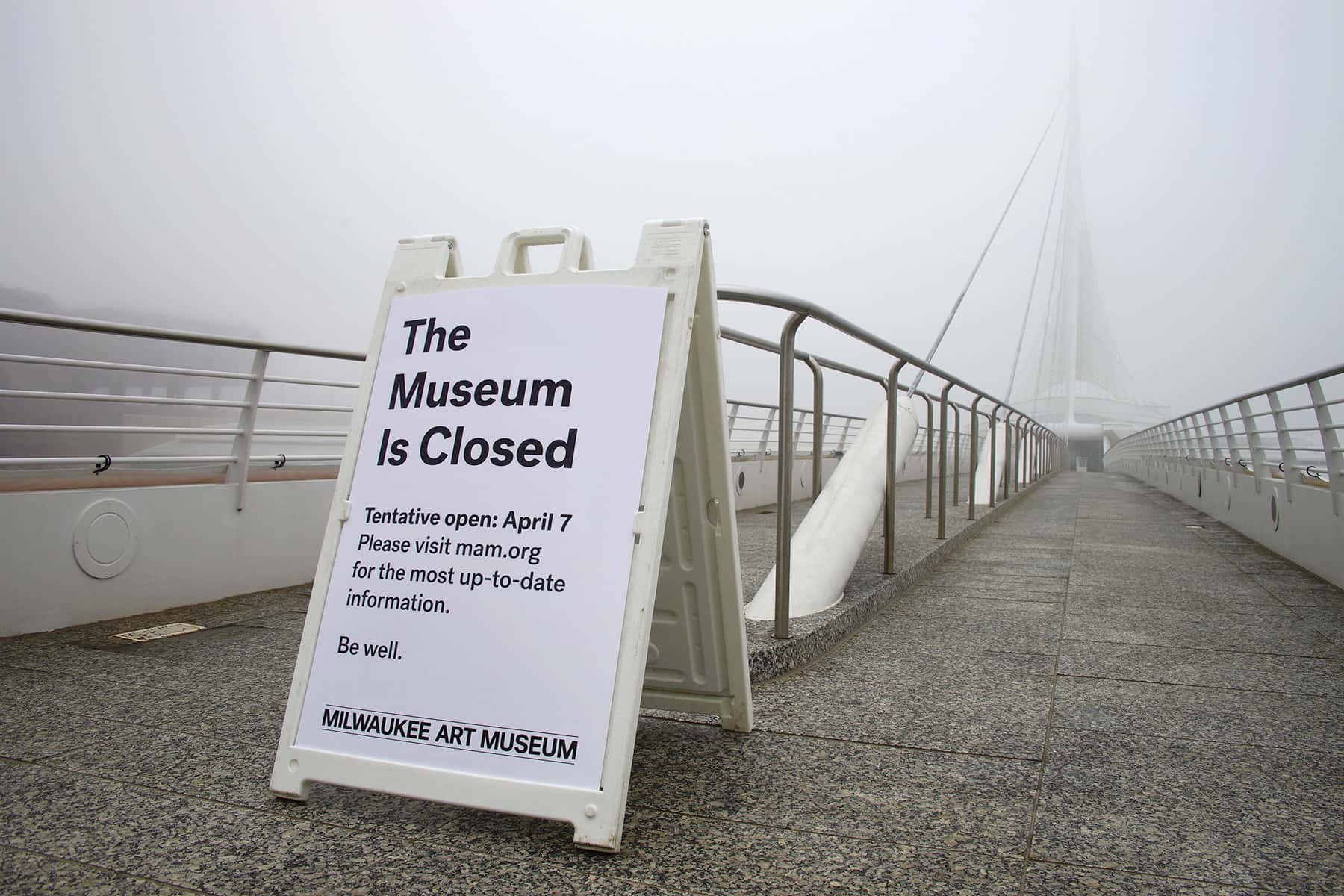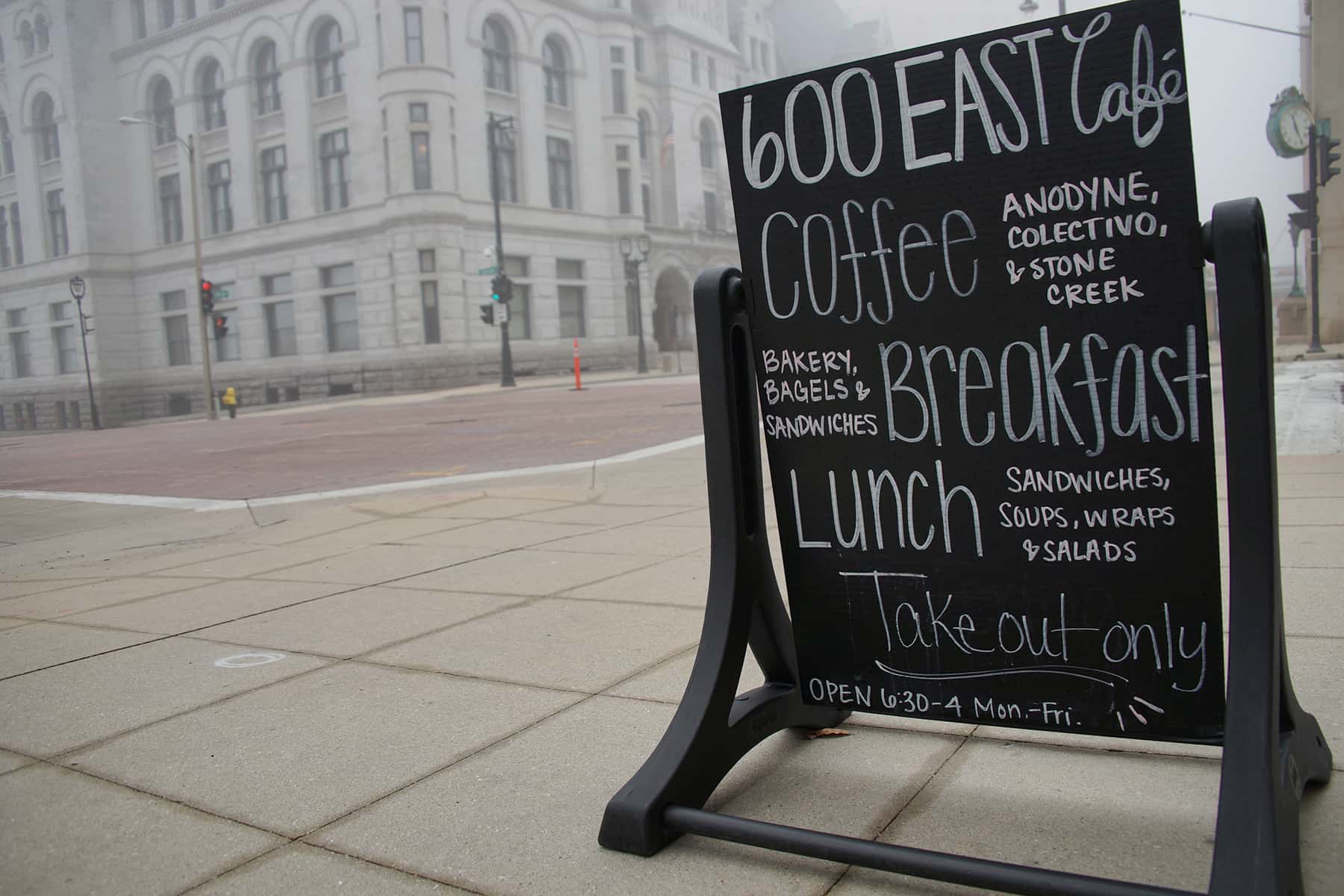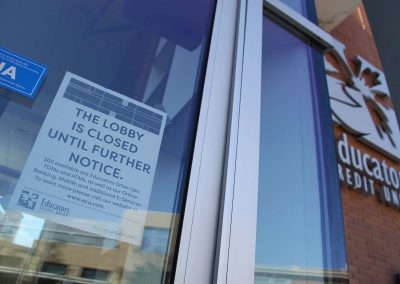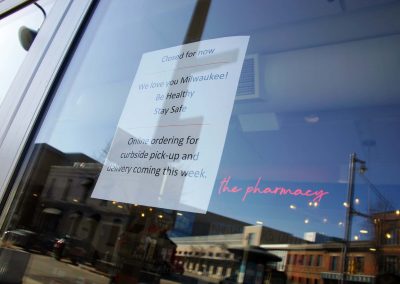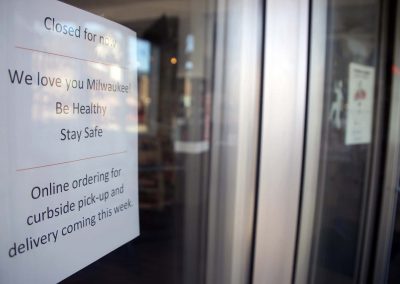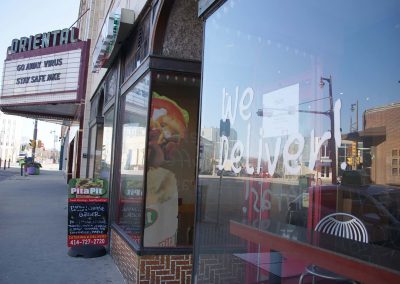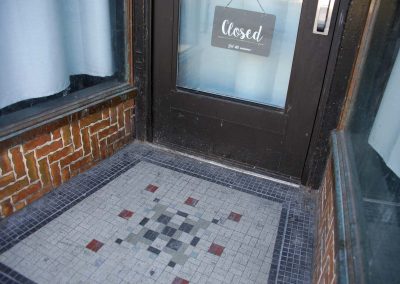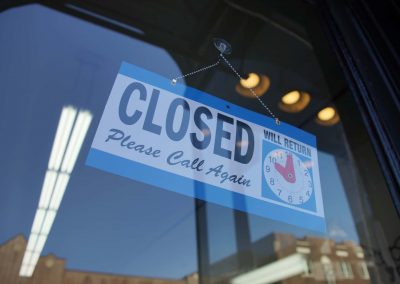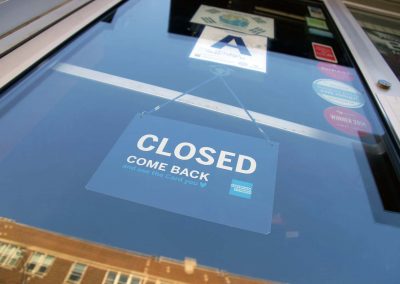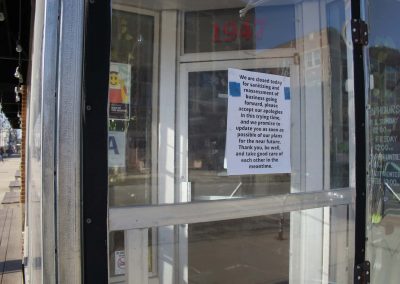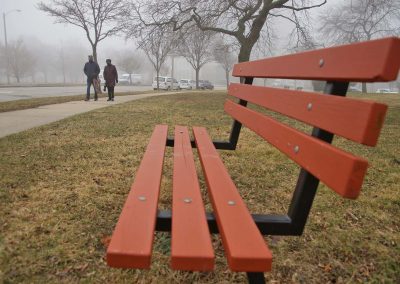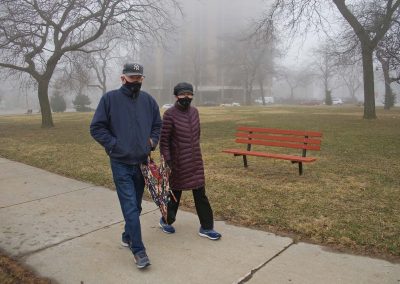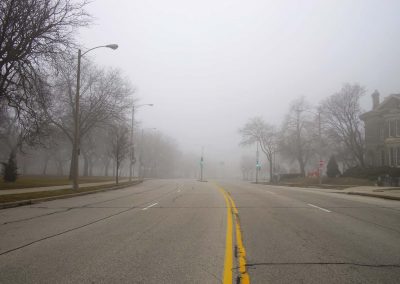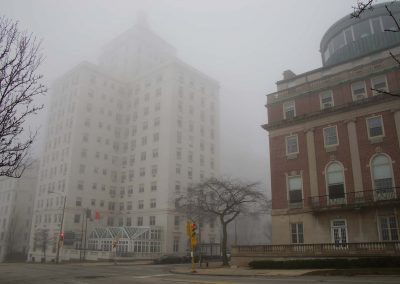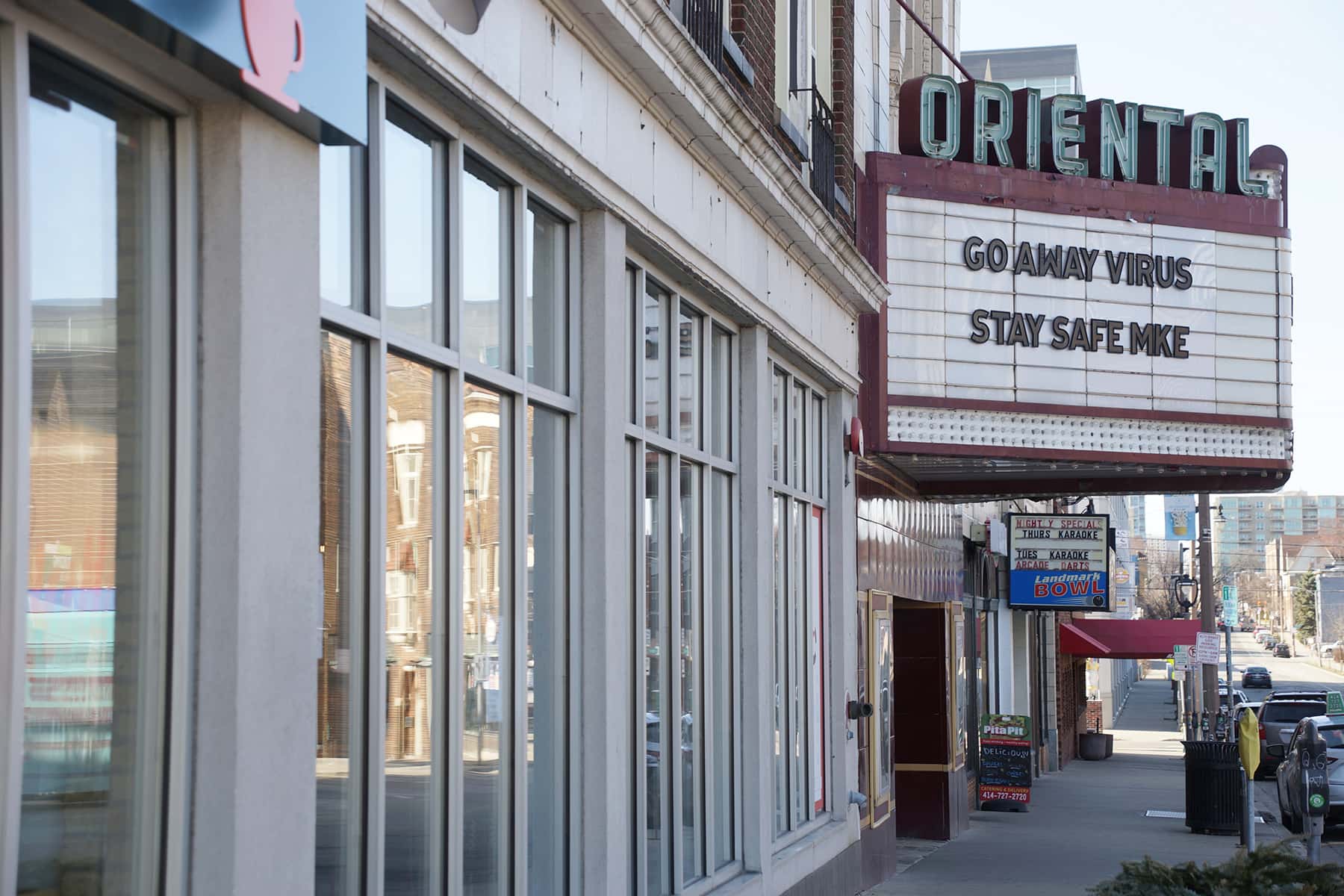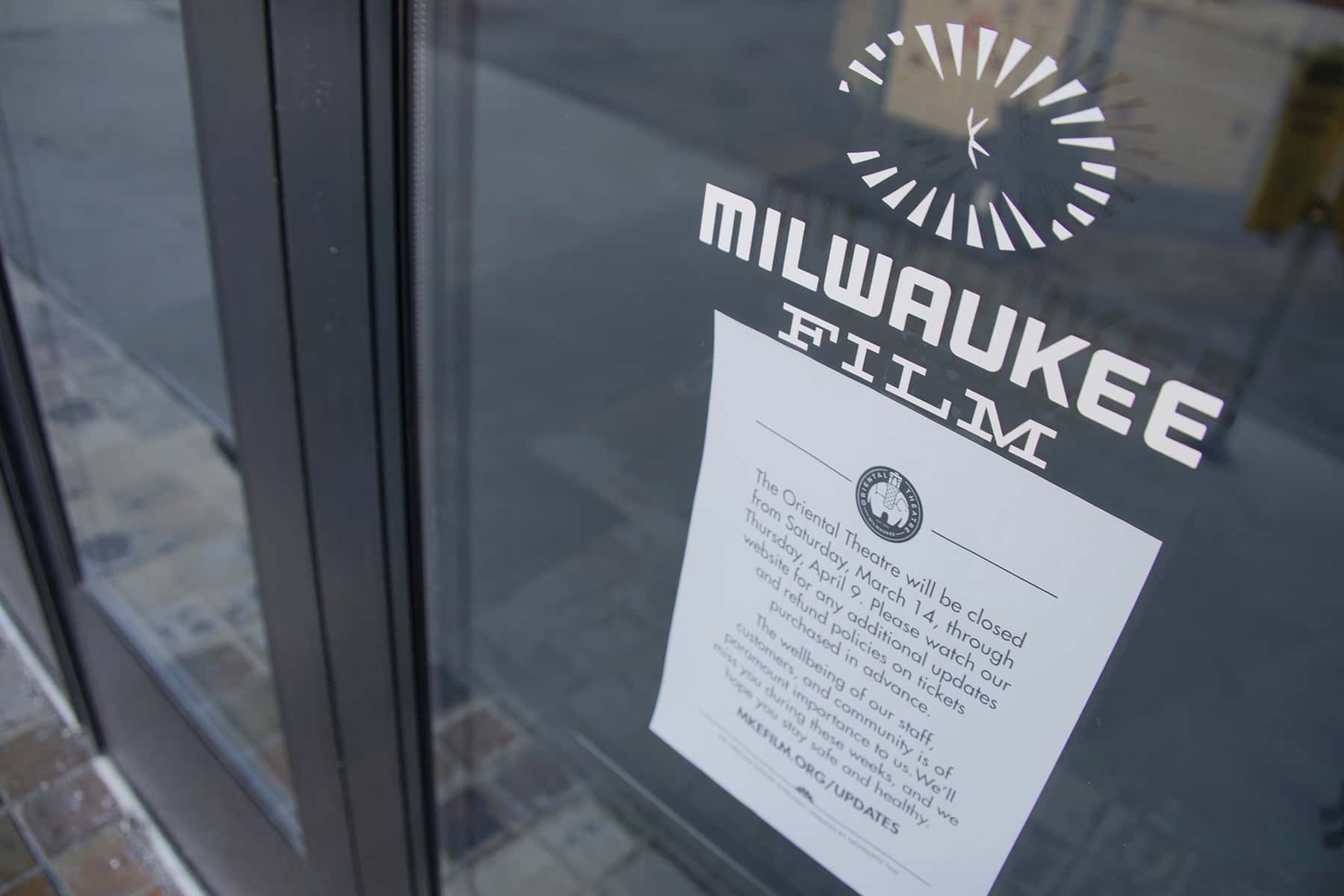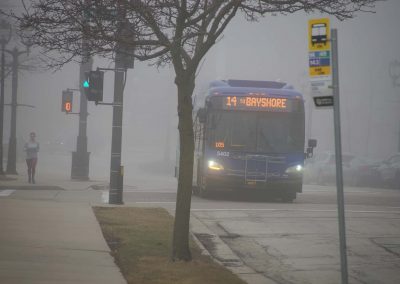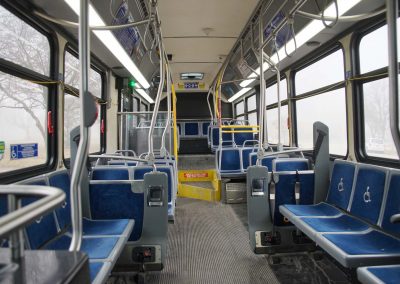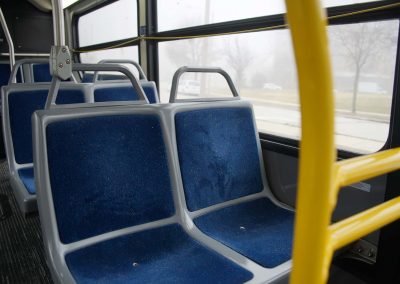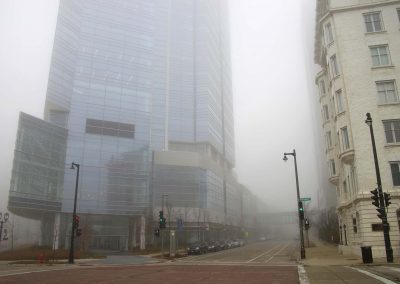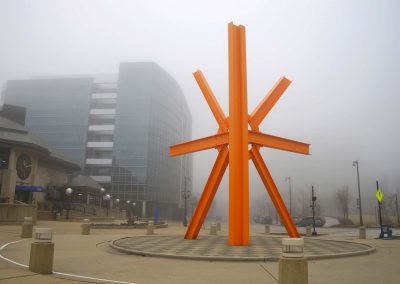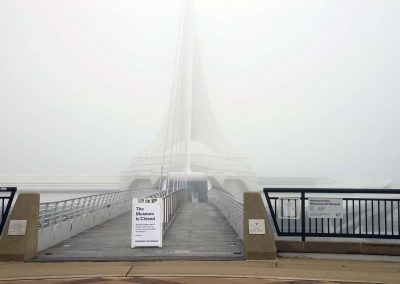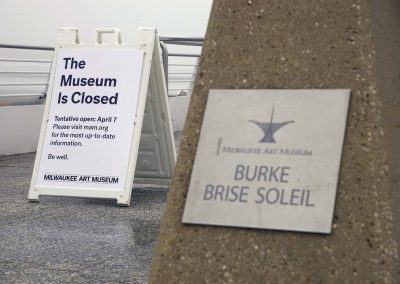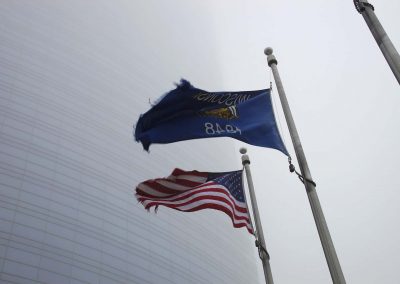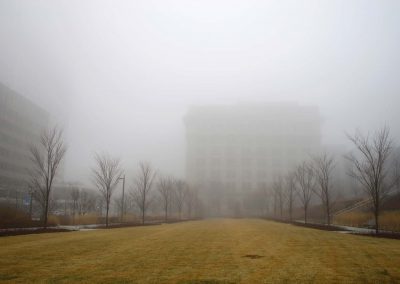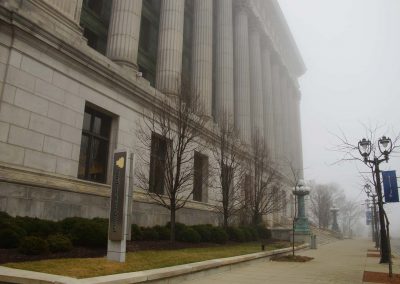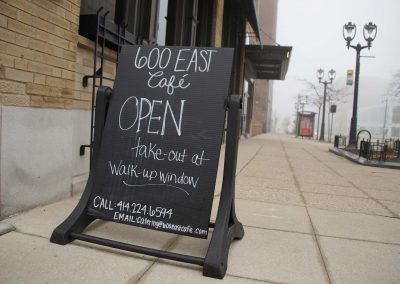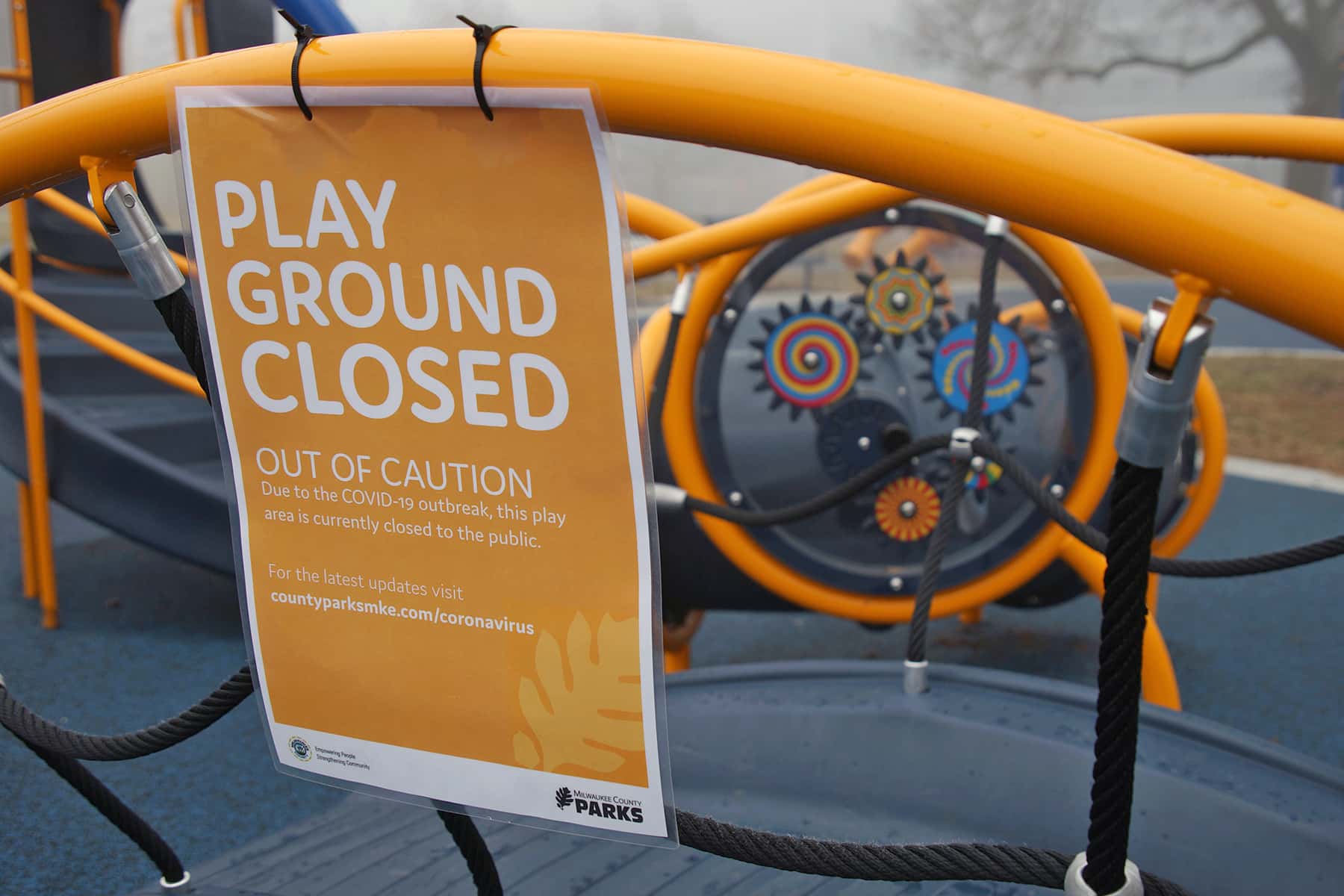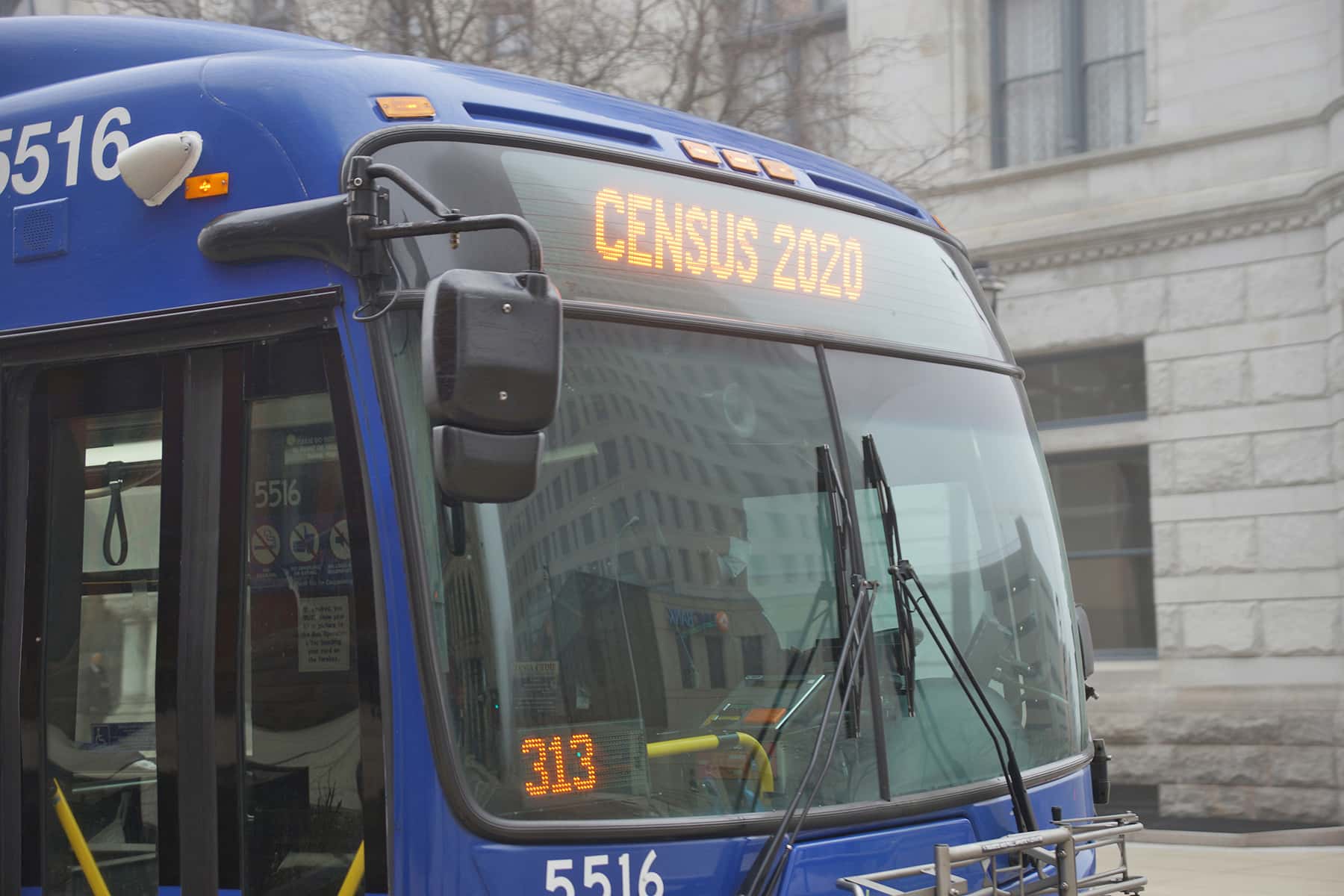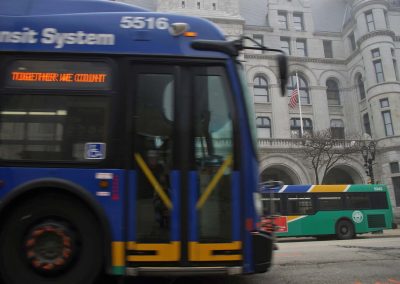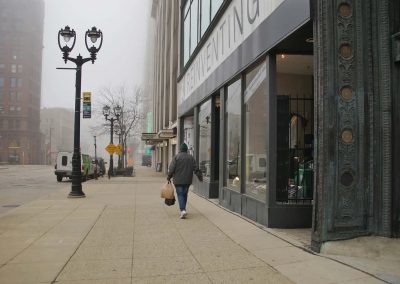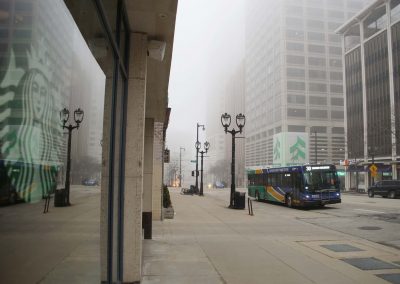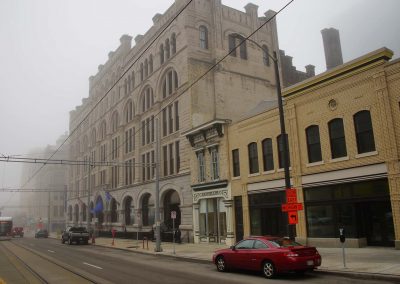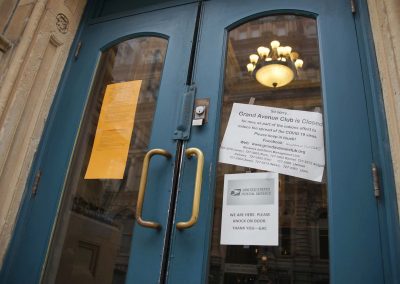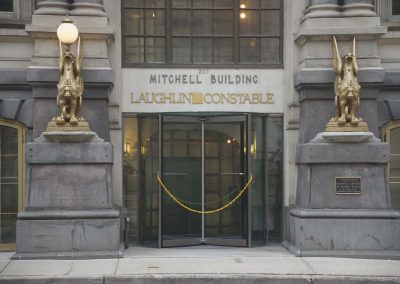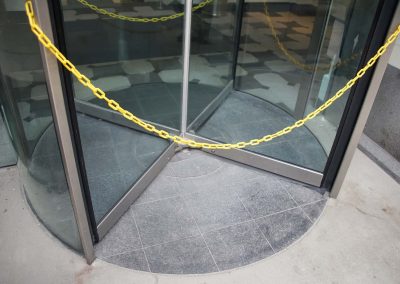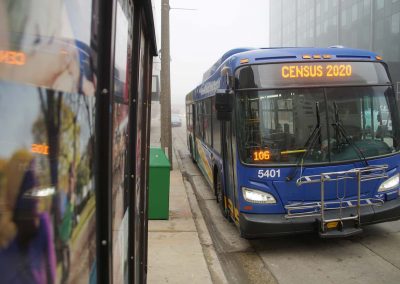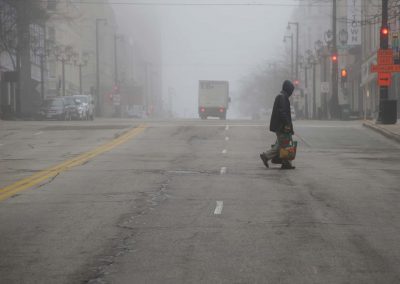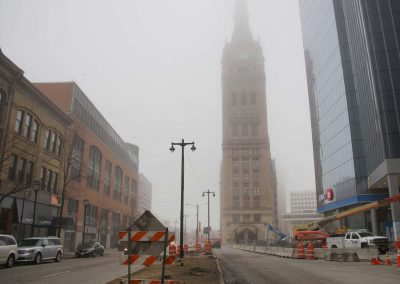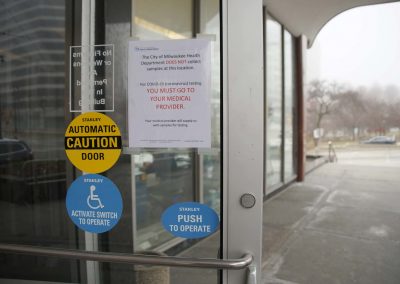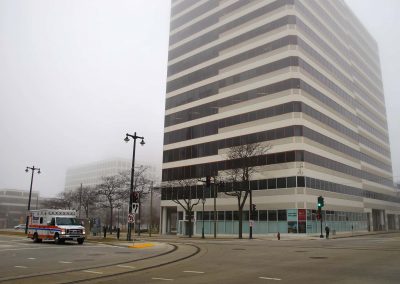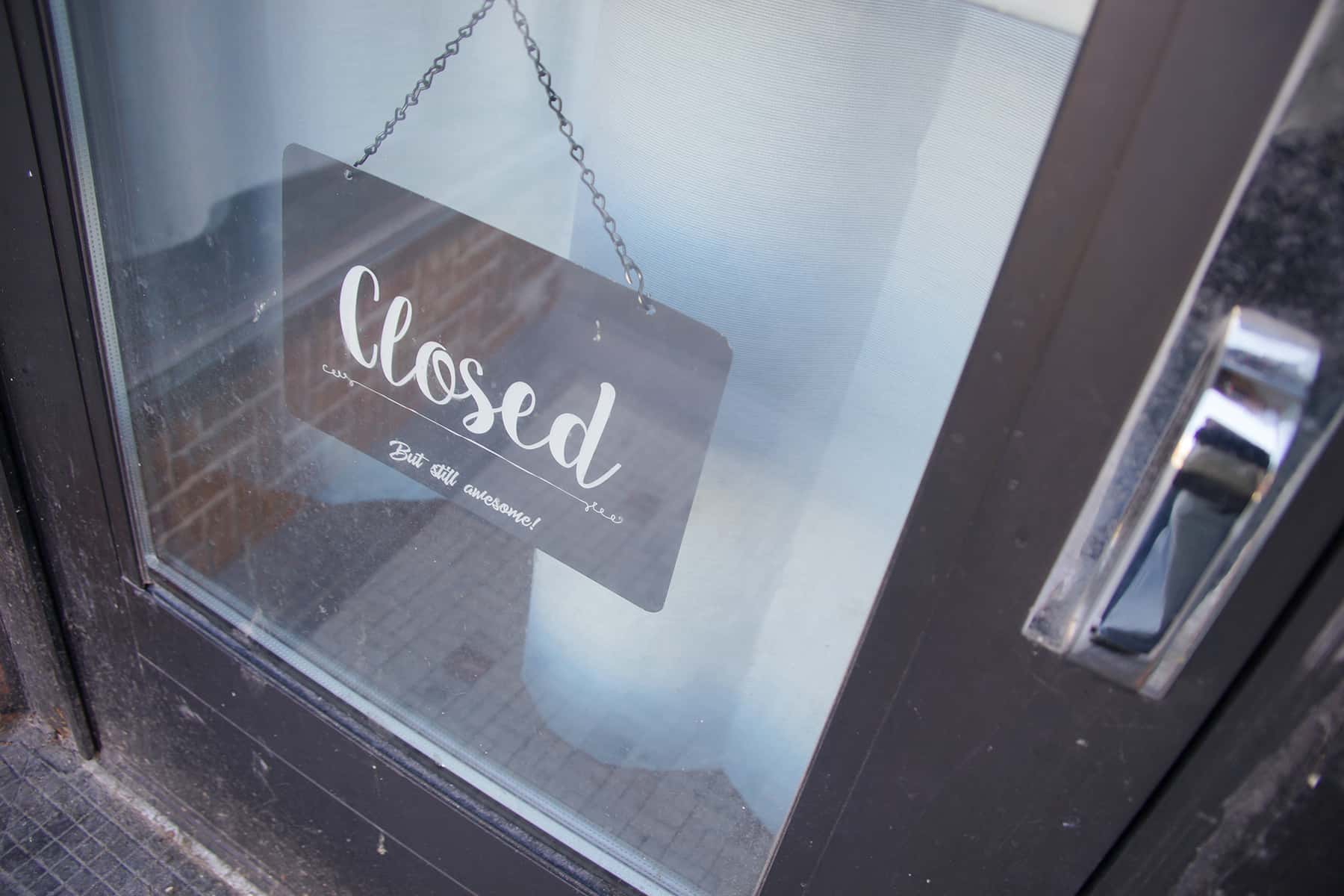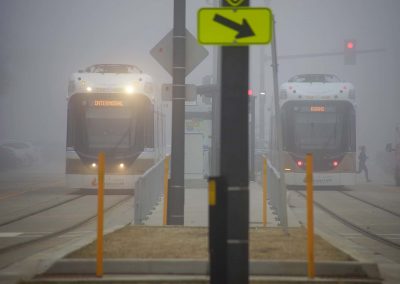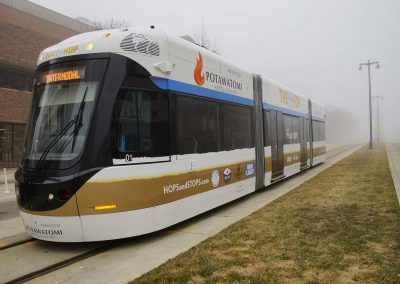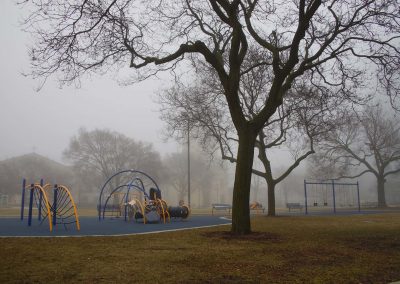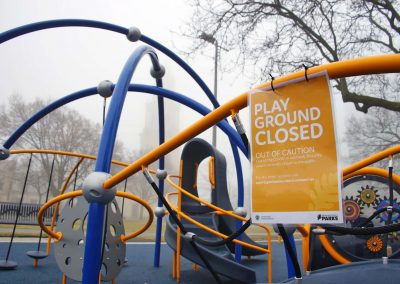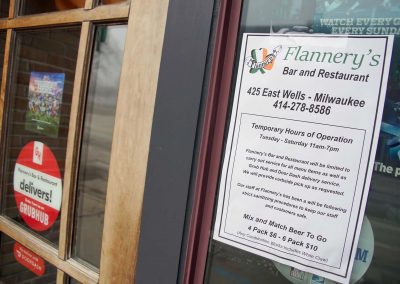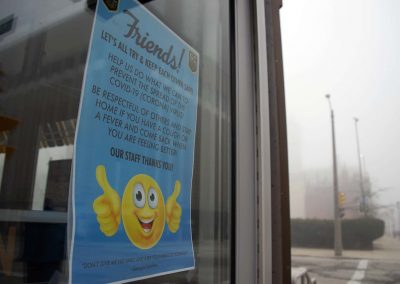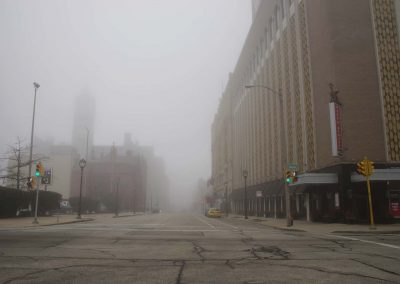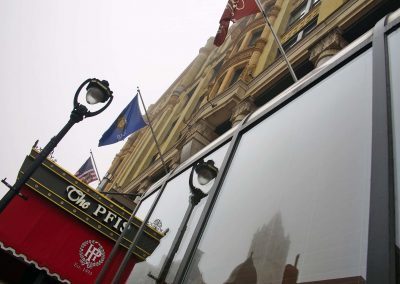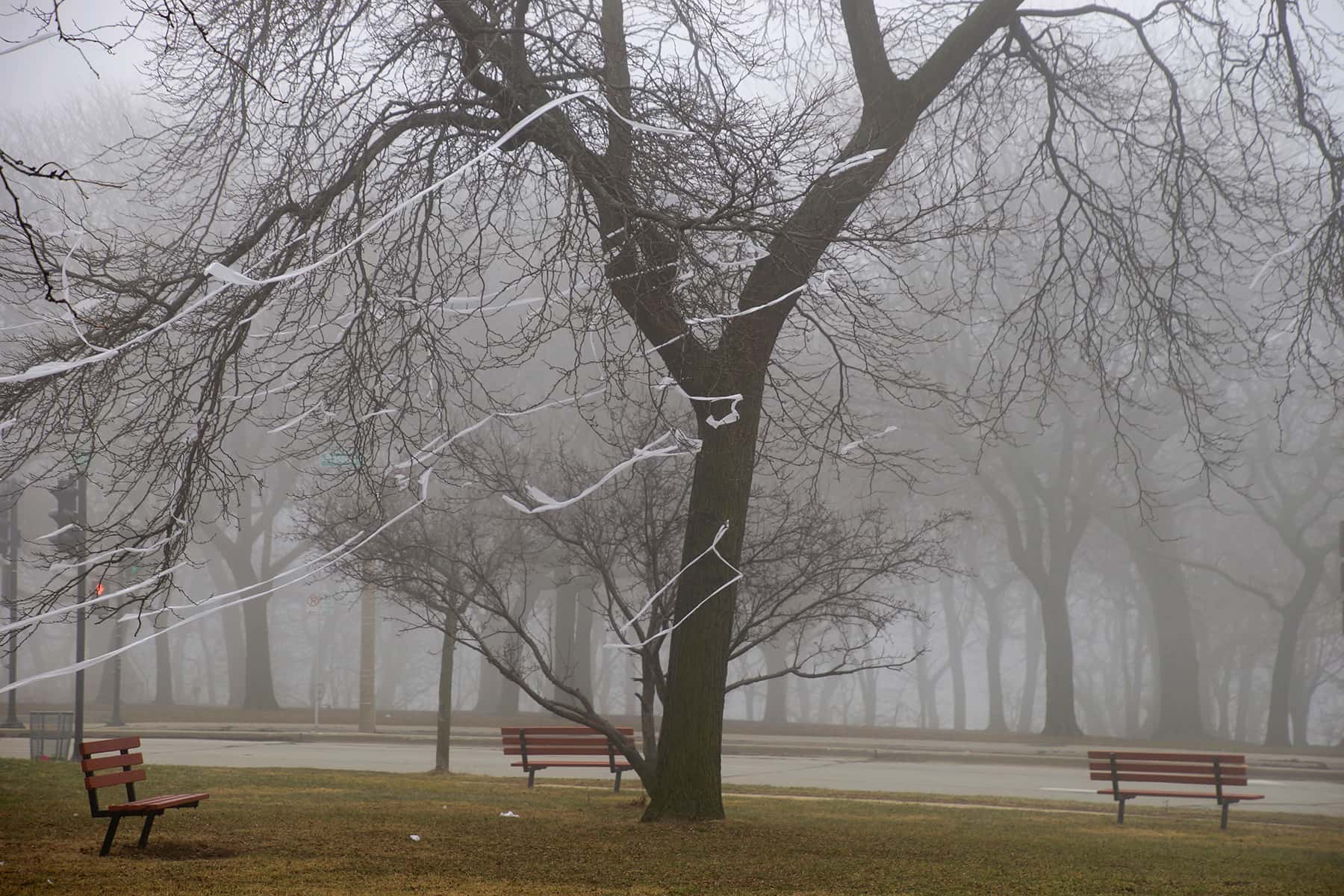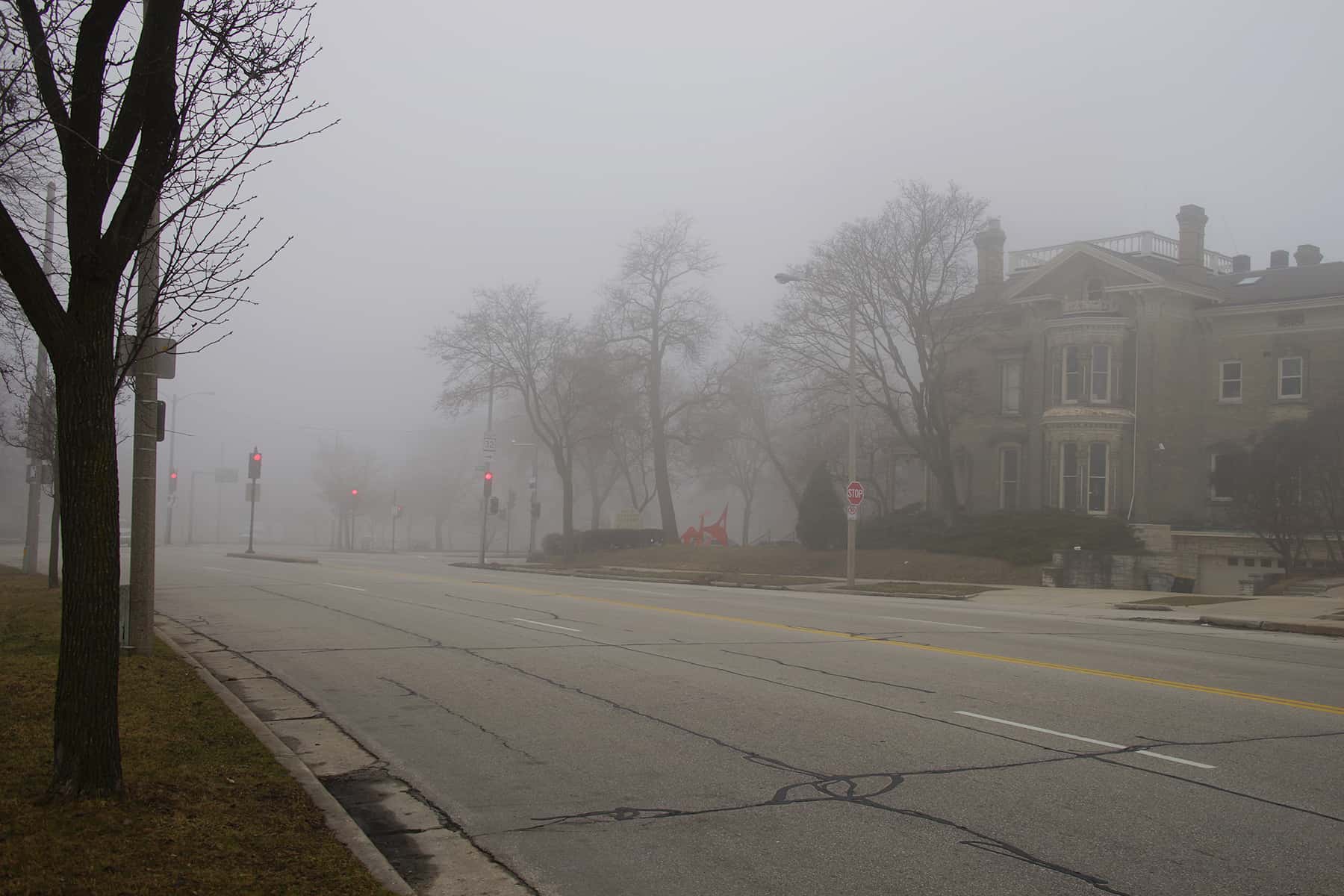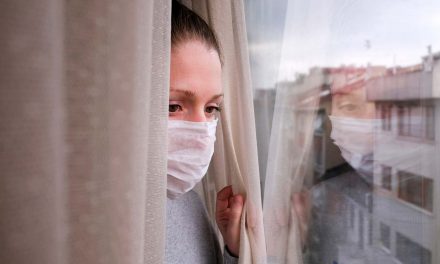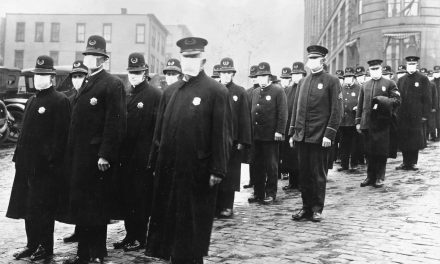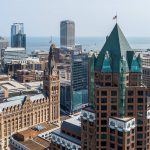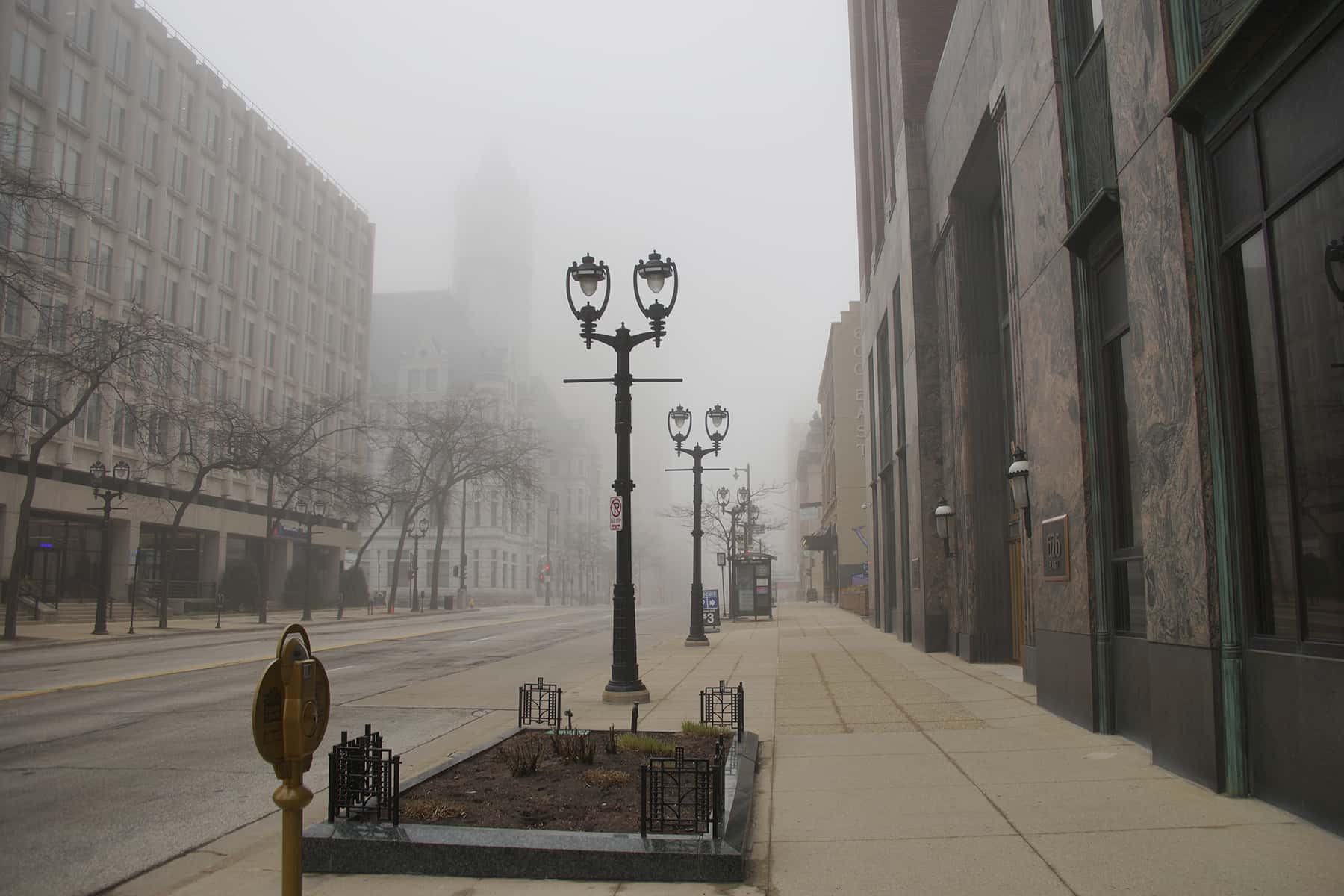
Milwaukee was shrouded in fog on March 19, giving the downtown environment an abandoned mood, reflecting the social disruption brought on by the COVID-19 pandemic.
The city does not have the population density for the sidewalks to be filled with the crush of people during the day like New York. But neither is the corridor of Wisconsin Avenue a ghost town. There is always a bustle, with peaks and ebbs, that feels very much a living place that radiates activity.
After local, state, and national leaders rolled out measures on March 12 to “flatten the curve” and slow down the coronavirus transmission, normal life for residents was upended. Closed are schools, closed are restaurants, bars, coffee shops, sports and entertainment venues, and more announcements reflecting the disruption pile up daily.
The situation is not like a zombie apocalypse. But for some strange reason, people have been in a purchase panic with toilet paper. There is neither a shortage, nor does COVID-19 trigger any bodily function that requires toilet paper usage. Yet, the local public went from hoax to hoarding in a single afternoon.
Because the sky is not falling like a meteorite, there is more fear in Milwaukee than visual effect from the pandemic. That can lead to a false sense of security, and the inaccurate belief that the situation is exaggerated. Governor Tony Evers announced Wisconsin’s first two deaths from COVID-19 on March 19. This is just the beginning. With luck and community responsibility the danger could ease and everything goes back to normal. More likely, it will not be what we imagine, and it will not be very pleasant.
Residents must be prepared for the long haul, and a new normal that is filled with anxiety and uncertainty. These conditions have not been seen since the Stock Market Crash of 1929, which eventually ushered in the Great Depression in 1933. Even when the coronavirus is cured, Milwaukee’s social fabric will take longer to recover.
The images in this image collection offer a snapshot of Milwaukee’s Eastside and Downtown, on a dreary day, with the signs and sights along the way. It is not impossible to take photos of empty streets on a regular pre-coronavirus day, if timed right. And there was traffic and activity not captured in these pictures. The overall feel of the day was one of quiet and loneliness, but not despair. Life is going on as people try their best to adapt.
Within this solemn reflection perhaps we can emerge as better individuals and a stronger community. We are all in this together.
© Photo
Lee Matz

